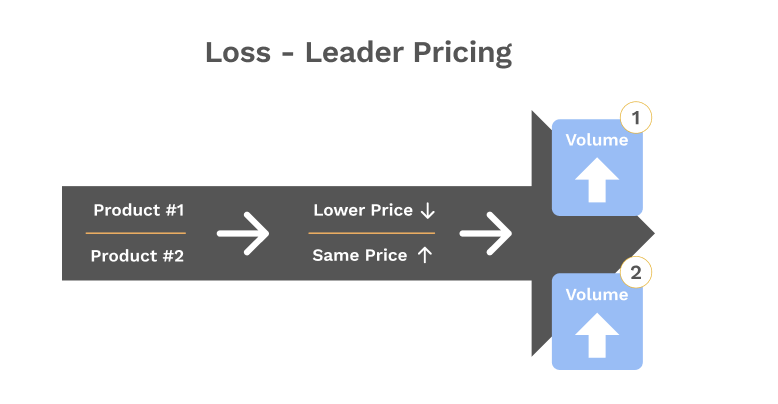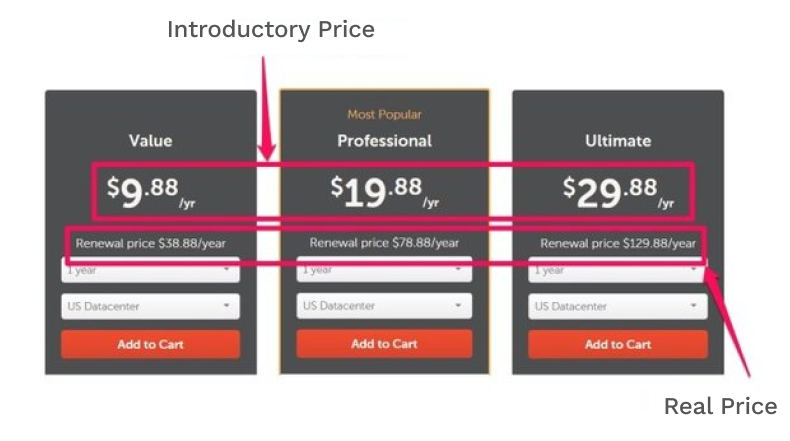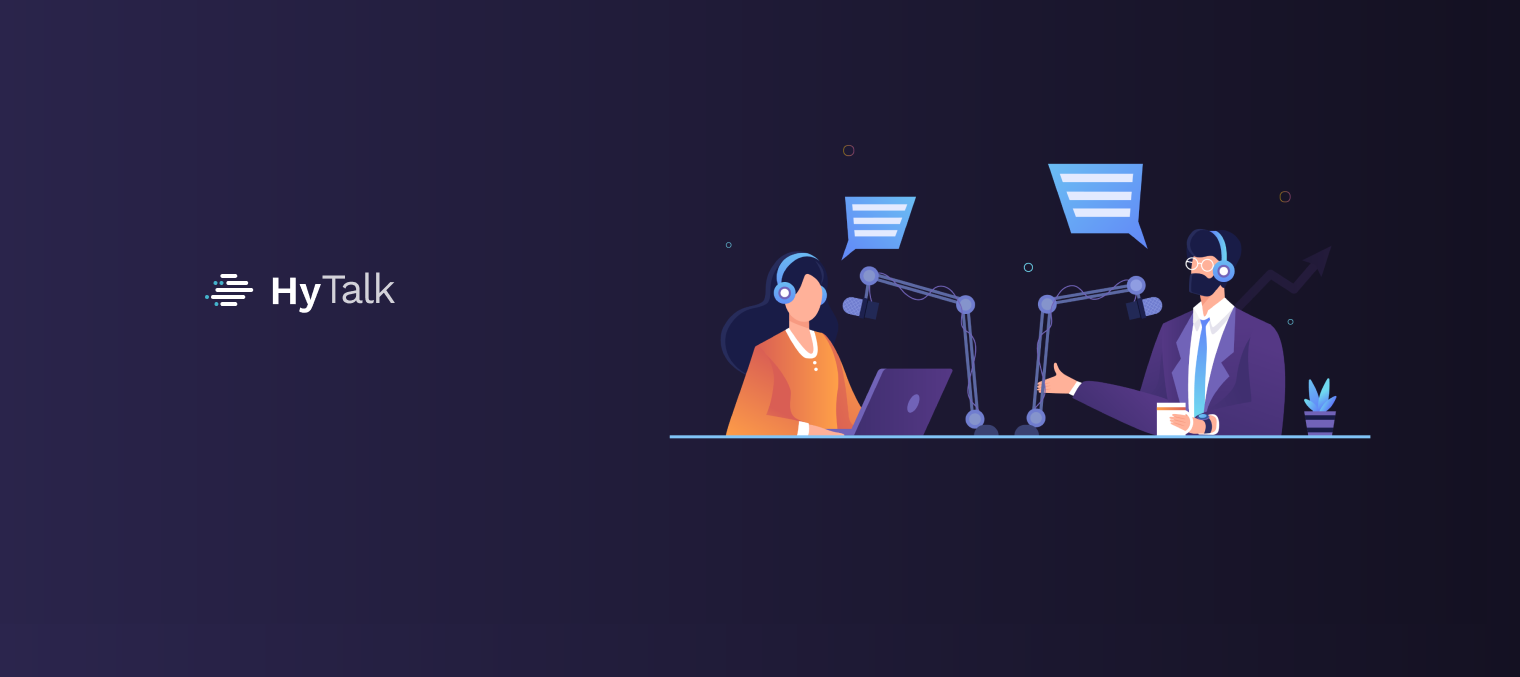Will a Loss Leader Pricing Strategy Work for You?
Will a Loss Leader Pricing Strategy Work for You?
Competitive retail companies are constantly seeking innovative strategies to attract customers and boost sales. One specific tactic that has gained popularity is the “loss leader pricing strategy.”
But what exactly is it? How do businesses benefit from selling products at a loss? And more importantly, is it a sustainable approach for all types of businesses?
In this blog post, we explore the intricacies of the loss leader pricing strategy, including its advantages, potential pitfalls, and real-world applications. Whether you’re a business owner or a curious consumer, this guide sheds light on a strategy that’s shaping the way we shop.
Quick Takeaways
- A loss leader pricing strategy sells products at potentially unprofitable prices to attract customers, hoping they’ll buy other profitable items.
- Both physical and online retailers use loss leader pricing to boost sales, with store layouts and online tactics designed to encourage additional purchases.
- While loss leader pricing can attract customers and outpace competitors, it risks reduced profits, brand devaluation, and strained supplier relationships.
- Businesses considering loss leader pricing should assess profit margins, audience preferences, product line, brand image, and competitor strategies, and be prepared with an exit plan.
What Is A Loss Leader Pricing Strategy?
A loss leader pricing strategy is a clever approach businesses use to grab your attention.
Here’s how it works: A store sells a product at a price so low that they might not make a profit from it. By offering this super low price, the store hopes to pull you in. Once you’re there, they bet on you buying other items that do have a good profit margin.

Companies like Gillette have mastered this. They might offer their razors at a very low cost or even free, but they know you’ll come back to buy their replacement blades, which is where they make their money.
In simple terms, a loss leader pricing strategy is like a teaser. It gives you a taste of something at a low price, hoping you’ll stay for more. It’s a smart way for businesses to introduce you to their products and get you interested in buying more from them.
Loss Leader Pricing in Retail
Loss leader pricing in retail is all about the bait and switch. Retailers bait you with an irresistible deal and then switch your attention to other products, hoping you’ll spend more than you initially planned. When executed well, it benefits both the shopper and the store.
Retailers, both online and in physical stores, often turn to the loss leader pricing strategy to boost their sales. Here’s how they do it:
Brick-and-Mortar Retailers
Brick-and-mortar stores place certain products at incredibly low prices to lure you inside. Once you’re in, the layout of the store is designed to make you walk past other items, which are priced normally or even at a premium.

Online Retailers
Online retailers use a similar tactic. They might advertise a product at a steep discount on their homepage or through ads. When you click on it and visit their website, you’ll often see suggestions for other products or encounter bundled deals. The discounted product got you to their site, but now they present opportunities for you to explore and purchase other items.
Another strategy online retailers use is limited-time offers. They might give a hefty discount on a product for a short period, creating a sense of urgency. You rush to grab the deal, and while you’re at it, you might add a few more things to your cart.
Advantages and Disadvantages of Loss Leader Pricing
Navigating pricing strategies can be complex, and the loss leader pricing approach is no exception. Let’s break down the benefits and potential pitfalls of using this strategy:
Advantages

- Attracts Customers. Nearly 80% of consumers admit that they would try a new brand if it offered a discount. Offering products at a discounted rate can get potential customers through the door or onto your website.
- Increases Sales Volume. While the discounted product might not bring in much profit, the increased foot traffic or website visits can lead to higher sales of other, regularly-priced items.
- Clears Out Inventory. If you have excess stock of a particular item, using it as a loss leader can help move it quickly, freeing up storage space and reducing holding costs.
- Introduces New Customers to Your Brand. First-time customers might be enticed to try your brand because of the discounted product. If they like what they see, they could become loyal customers.
- Outpaces Competitors. If your competitors aren’t using a loss leader strategy, your discounted prices can give you a competitive edge, drawing customers away from them.
Disadvantages
- Reduced Profits. The obvious downside is that selling products below cost reduces immediate profits. If not enough customers buy additional, profitable items, the strategy can lead to a net loss.
- Potential Brand Devaluation. Constantly offering products at a discount might make customers perceive your brand as low-value or cheap.
- Unsustainable in the Long Run. Continuously selling products at a loss isn’t sustainable. If customers become conditioned to expect these prices, they might resist when prices return to normal.
- Strains Supplier Relationships. If you’re constantly pushing for lower prices to maintain your loss leader strategy, suppliers might become reluctant to work with you, fearing squeezed margins.
- Risks Alienating Loyal Customers. Regular customers might feel cheated if they frequently purchase a product at full price only to see it heavily discounted later.
Will a Loss Leader Pricing Strategy Will Work for Your Business?
Deciding whether a loss leader pricing strategy is right for your business requires careful consideration.

Here’s a step-by-step guide to help you evaluate its potential:
- Understand Your Margins. Before diving in, know your profit margins inside out. Can you afford to sell a product at a loss? Make sure you have other products or services with healthy margins to compensate for the loss.
- Know Your Audience. Does your target audience respond well to discounts and promotions? If they’re price-sensitive, a loss leader might attract them. If they value quality or brand reputation over price, this strategy might not be as effective.
- Evaluate Your Product Line. A loss leader strategy works best when you have complementary products to upsell. If customers buy the discounted product, what else can you offer them at a regular or premium price?
- Consider Your Brand Image. Constantly offering products at a loss might make customers perceive your brand as “cheap.” Ensure that the strategy aligns with the image you want to project.
- Analyze Competitors. Are your competitors using loss leader pricing? If they are, and it’s working for them, it might work for you. But if they aren’t, it could be an opportunity for you to stand out.
- Test and Measure. Before fully committing, run a small campaign to test the waters. Monitor sales, customer feedback, and overall profitability. This will give you insights into whether the strategy is viable in the long run.
- Plan an Exit Strategy. If you decide to go ahead, always have an exit plan. If the strategy isn’t working as expected, know when and how you’ll pull the plug without damaging your brand or finances.
While the loss leader pricing strategy can be a powerful tool for some businesses, it’s not a one-size-fits-all solution. Assess your unique business situation, weigh the pros and cons, and make an informed decision.
Perfect Your Pricing Strategy Today with Hypersonix
Like any business strategy, loss leader pricing success hinges on careful planning, understanding your audience, and regular evaluation. Businesses should approach this strategy with a clear vision, ensuring they’re not sacrificing long-term brand value for short-term gains.
Hypersonix is a profit optimization platform that uses AI-powered tools to help DTC and eCommerce companies excel. Hypersonix’s ProfitGPT inventory management tools can help businesses leverage generative AI and inventory intelligence to provide actionable insights about inventory levels and pricing strategies.
To see how Hypersonix’s AI tools can help automate your pricing strategy, request a demo today!


-1.png)


